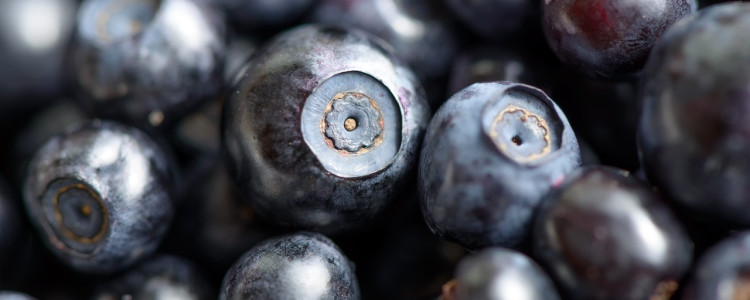Blueberries are not just delicious, they are also packed with essential vitamins and antioxidants that offer numerous health benefits. It is no wonder that the demand for this juicy fruit is constantly on the rise. If you are a blueberry farmer and want to increase your yield, you need to implement certain farming practices that optimize plant growth and fruit production. In this article, we will explore some of the best blueberry farming practices that you can adopt to get a bountiful harvest.
1. Soil Preparation
The key to growing healthy and productive blueberry plants lies in preparing the soil well before planting. Blueberries prefer acidic soil with a pH ranging between 4.0 and 5.0. Therefore, it is crucial to test the soil to determine the current pH level and amend it accordingly. You can add peat moss, sulfur, or aluminum sulfate to lower the pH if it is too high. Additionally, blueberries require well-draining soil that is high in organic matter. Prepare the soil by tilling it, removing weeds and debris, and adding a good amount of compost or aged manure.
It is also beneficial to mulch around the base of blueberry plants with organic materials such as wood chips, straw, or pine needles. This helps to conserve moisture, suppress weeds, and regulate soil temperature. Blueberries have shallow roots, so it is important not to cultivate the soil around them too deeply, as this can damage the roots and stunt plant growth.
2. Irrigation and Fertilization
Blueberries require consistent moisture throughout the growing season, especially during fruit development. Depending on the climate and soil type, blueberry plants need around 1 to 2 inches of water per week. Irrigation practices such as drip irrigation, which provides water directly to the roots, can help to conserve water and reduce weed growth. However, it is important to avoid overwatering, as this can lead to root rot and disease.
In terms of fertilization, blueberries require a balanced mix of nutrients such as nitrogen, phosphorus, and potassium. Before planting, you can incorporate a slow-release fertilizer into the soil. After planting, it is recommended to apply fertilizer in the spring and early summer, preferably after the last frost. Blueberries are sensitive to excessive nitrogen, which can lead to excessive vegetative growth at the expense of fruit production. Therefore, it is important to use fertilizers with a low nitrogen content and a higher amount of phosphorus and potassium.
3. Pest and Disease Control
Blueberry farming is often challenged by pests and diseases that can reduce fruit quality and yield. One of the most common pests that attack blueberries is the spotted wing drosophila, which lays eggs in ripening berries and causes them to spoil. You can control this pest by using insecticides, setting up traps, and harvesting fruits promptly.
Blueberries are also prone to several fungal diseases such as powdery mildew, anthracnose, and botrytis blight. To prevent these diseases, it is recommended to prune the plants regularly to promote air circulation and remove diseased or dead branches. You can also apply fungicides, but be sure to read and follow the instructions carefully.
In conclusion, blueberry farming requires careful planning and management practices to get the best results. By following these farming practices, you can ensure healthy plant growth, optimum fruit production, and a successful blueberry harvest.
- Soil preparation is key to growing productive blueberry plants
- Irrigation and fertilization are necessary to provide the required nutrients and moisture for blueberry plants
- Pest and disease management are critical to safeguard blueberry plants against damage to fruit quality and yield
Dr. Sarah Smith is a blueberry expert and author of BlueberryExpert.com. She has been growing and studying blueberries for over 20 years. Her research has focused on the different varieties, growing techniques, and nutritional content of blueberries. She is passionate about helping people to grow their own healthy blueberries and has been a leader in the industry for many years.Dr. Sarah Smith







